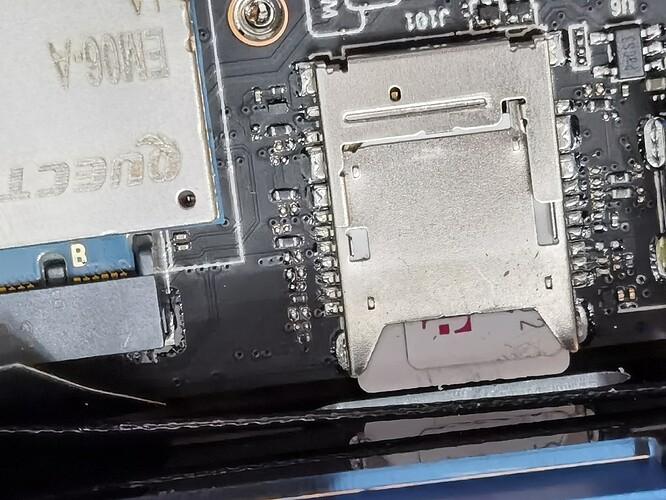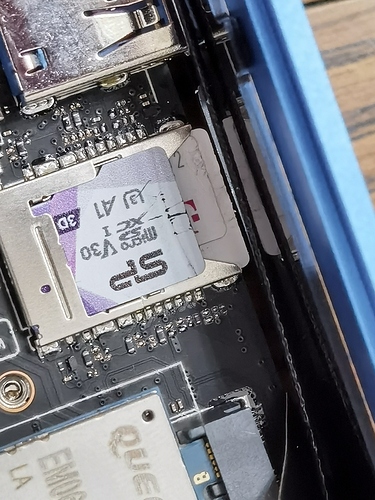I have tried two SIM cards that work OK in phones, and can’t seem to get the EM06-A to acknowledge that a SIM card is inserted. My ODYSSEY is one that came with Windows 10 installed in the eMMC. I have also installed three antennas I obtained from Amazon (https://www.amazon.com/gp/product/B077X9YJVP/ref=ppx_yo_dt_b_asin_title_o01_s00?ie=UTF8&psc=1) that were mentioned elsewhere in the forum. Shouldn’t antennas have come with the EM06-A?
Of note: The instructions for installing the EM06-A in the Wiki under Windows 10 just doesn’t work as shown. I did find the Windows 10 driver on the Wiki and install it. It gave me all the devices in the Device Manager as expected. There is no installation dialog as shown in the Wiki. I do not get a Cellular Network icon in the Network Settings. I can talk to the cellular modem through COM11, and used AT commands to query for the SIM card and it says there is no SIM card inserted.
Is the SIM card properly inserted in the lower slot? I paid attention to the marking on the board as to where the notch should be.
So, I’m stuck with no cellular networking and what seems like a cellular modem that can’t see my SIM card.
Do I need a SIM card for the driver installer to create the Cellular Networking icon? Do I need antennas and a cell signal to get it to install fully? What do I need to do to get it to recognize either SIM card I’ve tried?

